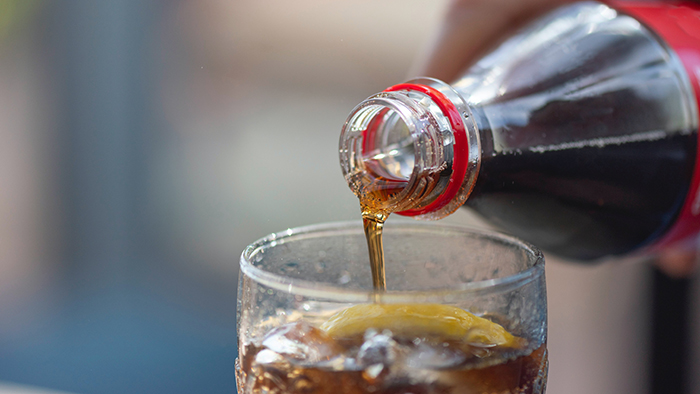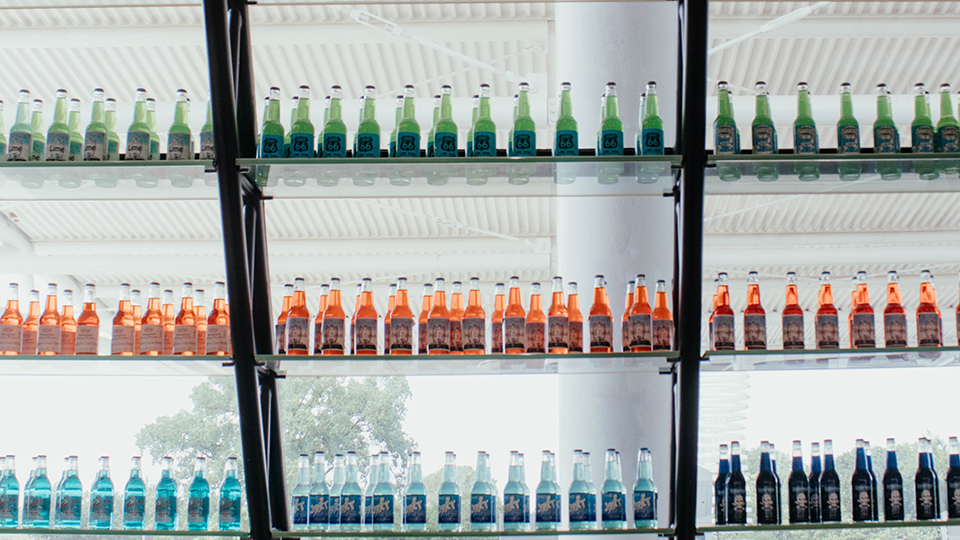Health and wellness are at the top of our minds right now. People are giving their food and drink choices a second thought, and that includes ditching soda. Just when we thought it was fading away from America’s refrigerators, beverage giants are sprouting an ugly new head.
Soda sales are on a decadelong decline in the United States — roughly 1.2% according to one study. That doesn’t seem like much, but it’s enough to get a multibillion-dollar industry’s attention. Now energy drinks, a new frontier in the beverage market, have the focus of the soda giants that dominated in the 20th century.
Here’s how soda is sneaking its way back into your home and the best way to separate the good energy drinks from the rest.
The Bad Beverage

This isn’t news, but it’s as true as ever: Drinking soda is not good for you. Excessive amounts of added sugar in beverages is linked to obesity and Type 2 diabetes. The World Health Organization, Food and Drug Administration, and American Heart Association all agree that reducing or eliminating soda intake is one of the best ways to cut down on added sugars.
Another Kind of Soda
So, are these new energy drinks any better? Not likely.
Gas station energy drinks are notorious for tons of added sugar and artificial ingredients to get you that initial energy boost but almost guarantee the crash that follows. Now soda companies are trying to claim their space in the energy drink market by creating new beverages or even rebranding current sodas as energy drinks, but that doesn’t make them any better for you.
The Case for Energy Drinks

The term “energy drink” gets a bad reputation from the types of beverages you commonly find inside convenience stores, but energy drinks can be good for you. For example, coffee and tea are types of energy drinks with proven health benefits.
Energy drinks that are closer to seltzers than sodas often have low levels of natural sugar from fruit or stevia and are packed with vitamins and minerals.
Of course, these beverage giants know this and get creative with marketing claims, hiding the truth on the back of the nutrition facts panel. There are a few easy tricks to separate the good from the bad and ugly:
- Sugar isn’t necessarily bad — it’s in fruit and other natural sources. What you need to look out for is “added sugar” on the label.
- Not all caffeine is equal. Good energy drinks will tell you the source, such as natural green tea leaves.
- Beneficial energy drinks aren’t shy to include vitamins and minerals. Check for not only the amount but also a good diversity of nutrients.
- Avoid wild claims! If a drink makes promises that sound too good to be true, they probably are.
Sparkle With Energy

You can skip a trip to the grocery store or gas station and have a great energy drink sent straight to your doorstep. BĒA™ Sparkling Energy Drink checks all the boxes of what a beneficial beverage should have — natural caffeine, tons of vitamins and minerals, adaptogens, and less than a gram of sugar. Oh, and it has a crisp and refreshing taste that satisfies morning, afternoon, and evening.





